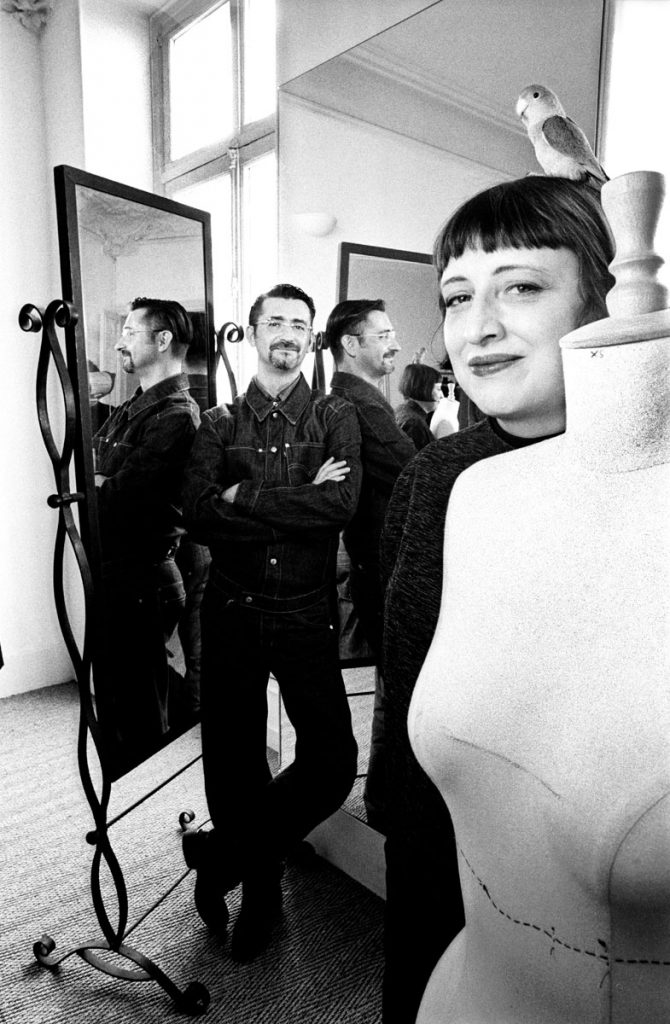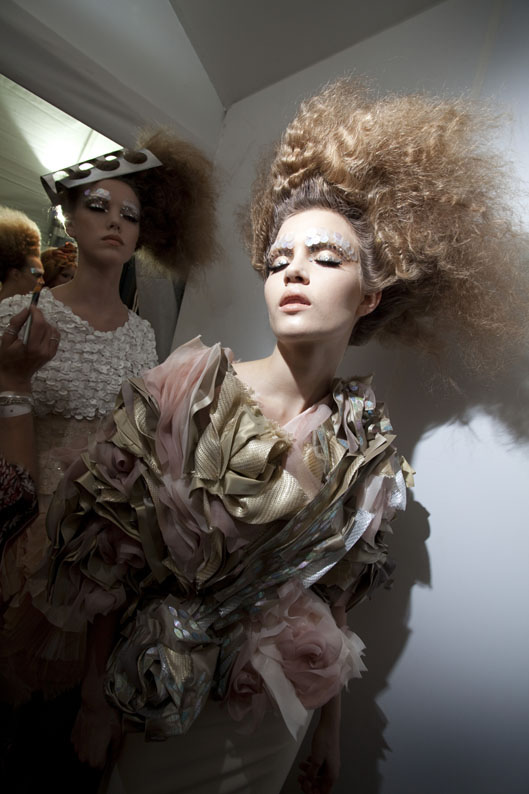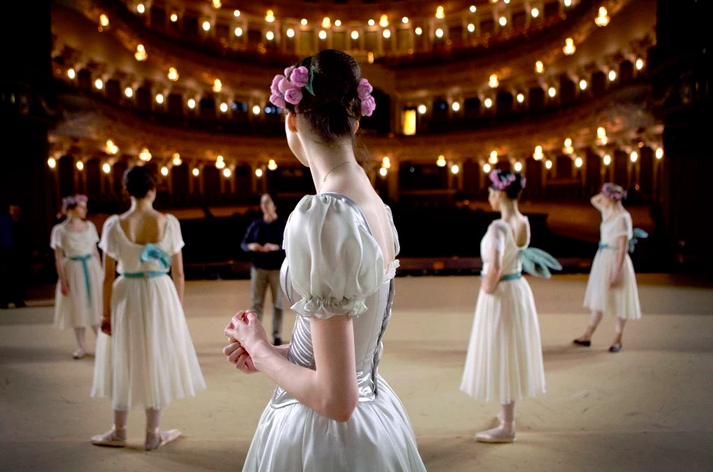In an interview way too short to capture the depth of Uféras’ work, .ART tried to find out the secret to becoming a photographer that captures magic.
You decided to pursue photography at 28. What made you decide, what was special about that age?
I simply didn’t know what I was doing with my life. For a few years at that point I had a job that didn’t bring me any joy – I was working in a retail shop selling jeans. It got so bad that I started feeling very old. It tends to happen around that age – you can feel very old at 28. I realised that if I don’t do something to change my life I will die working in that shop, so it was a really “matter of life” decision. I’ve been passionate about photography from a very early age so I thought that maybe I could turn that passion into a profession.

A photographer tells a story. You’re always on the lookout for them, always with your camera. How does it happen?
Good photography tells a story. To me a good photograph is like Aladdin’s lamp: you rub it a little, look at it attentively, and the story comes out for you. To make that kind of photograph you need a little magic – to be in the moment, to feel a certain emotion. If I don’t feel it, it won’t happen. I wouldn’t call it inspiration, but I also find it very hard to do my work formally – I can’t just treat it like a task. I take a lot of pictures of everyday life, which we don’t usually expect to be full of stories, and yet it is – which I find fascinating. There are certain photographs by Cartier-Bresson that I still look at in awe, just like when I was 15 years old – that’s exactly the magic I’m talking about.
We live in the times when every year there is a new technology, a new digital development, a new artistic medium being invented. Do you think classic photography will outlive it all?
I think there will always be artists doing classical photography, just like after the emergence of conceptualism there are still artists doing classical painting. New technologies provide new ways of expression, and that is great. Classical photography, however, is a medium constrained by two dimensions and a certain size, in its laconicism it will always be attractive. Technological evolution has a down side too when it comes to visuals: when you scroll your social media feeds you will see your neighbour’s cat, then a Chagall, then your neighbour’s dog. It mixes everything together regardless of its importance. It does not, however, devalue the greatness of a true master like Chagall – there will always be curious young people willing to look deeper into these artists, into classical photography.

A lot of your work can be summarised as “behind the scenes” observations: of theatre, fashion. Was it harder to find humanism and get to the core in some of your projects than the others?
Fashion could seem like a superficial industry, but it definitely is not. The absolute majority of people who work in fashion are driven by their passion. And fashion, in fact, concerns us all. The way you dress, the way you arrange your hair is a way of self-expression, we all do it. Humanism in photography is extremely important to me. In times of growing nationalism, segregation and world segmentation it’s necessary to be able to find that common human connection, show it and share it.
What gets you out of bed every morning?
Photography gets me out of bed in the morning! Sometimes it even wakes me up at night as I start questioning if I shot something well enough or if I forgot anything. Photography is like a drug to me, it’s a passion I cannot live without. And now that I reached retirement age and don’t have to worry so much about making money through it, photography plays an even bigger role in my life. It actually reminds me of when I was 28 and it was all I did, never running out of energy.
What advice would you give to your young self, when you were just starting as a photographer?
I don’t think I have any advice – not for myself. I was a very shy and sensitive young man, deciding to become a photographer was huge. It resulted in a lot of anxiety at the time, but that anxiety helped me progress. So I don’t think I could have done things differently.

© Gerard Uferas
Dior Haute Couture juillet 2011
And to all the young photographers that are just starting on their creative path?
Now there is this notion of a great famous photographer, and a lot of people want to become exactly that. There is a risk of vanity in that. By staying an artisan my whole life, by doing photography for newspapers and businesses, I learned certain humility – and that, in turn, saved me from vanity.
You also have to be your own first critic, that’s my practice. And work a lot, until you can rise above the technique. Now that I’m working in Bolshoy Theatre with ballet dancers I see it all the time: there is so much behind the scenes work, but once on stage it all becomes secondary. You can have the best technique in the world but if you have nothing to say it will be boring. It’s the emotion, the love that you are sharing that creates the magic. Just like when you listen to the music that was written 300 years ago, and it moves you – it’s because it encapsulates that strong emotion of love.
More at www.gerarduferas.art









